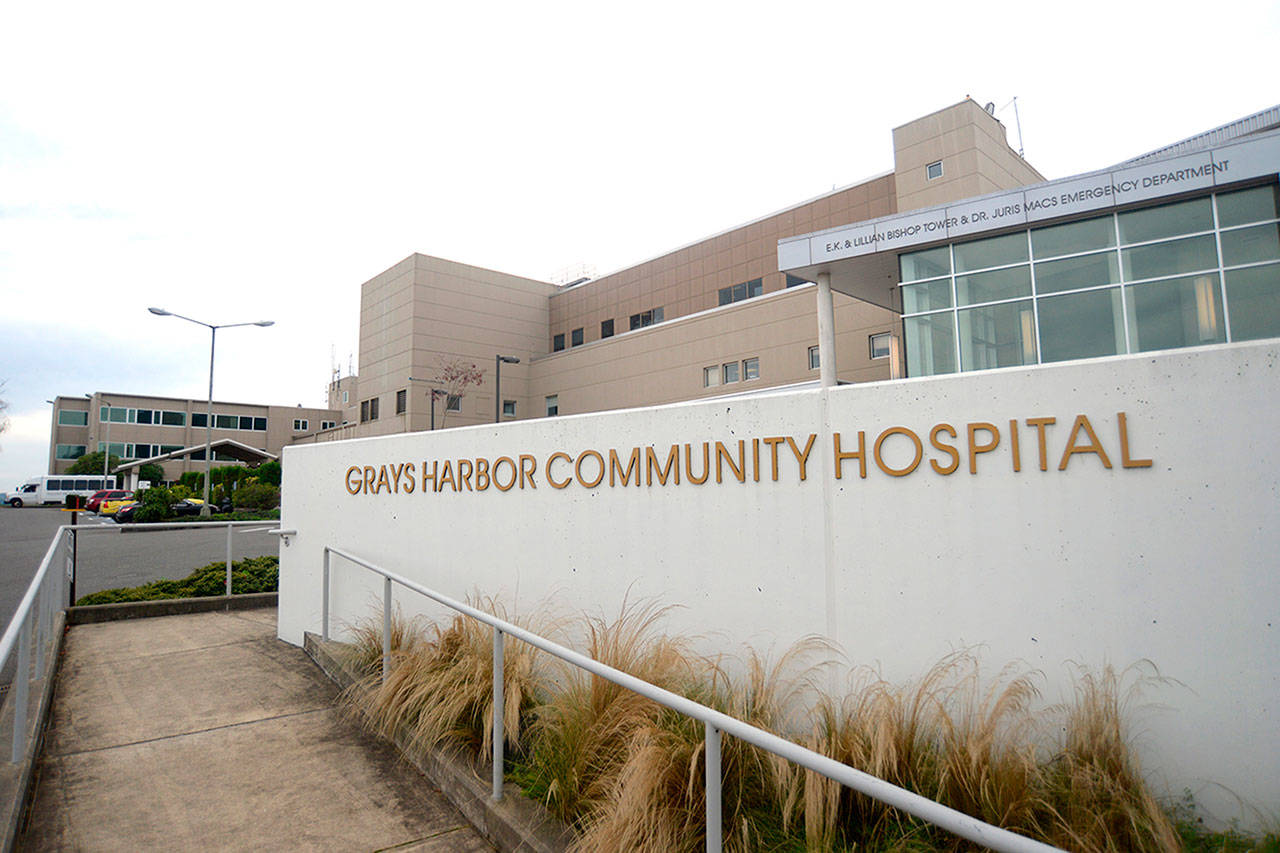By Doug Barker
The Daily World
Grays Harbor Community Hospital faces serious financial problems as its revenue declines sharply in lieu of the stay-home order and costs increase in anticipation of a possible surge of COVID-19 patients. Hospital CEO Tom Jensen said Thursday that the gap is expected to be in the area of $3 million to $4 million per month for April through June. He is counting on state and federal stimulus money to help close it.
For now, the hospital has reduced staffing levels — it’s biggest expense — by about 18% by furloughing employees temporarily and reducing hours for others beginning April 13. The staffing cuts are scheduled for 90 days, but could end sooner as stay-home orders are lifted and the hospital offers its full range of services, Jensen said.
The hospital has not experienced a COVID-19 surge, but complying with government orders, it isn’t offering elective or non-emergency surgeries as a way to keep beds open if they are needed. Outpatient volume from the hospital’s clinics and emergency department is down 45%, he said.
At the same time, costs are up as the hospital builds and inventory of protective gear and capital equipment needed for a COVID surge in a short supply market that has driven up costs, Jensen said. Each COVID test costs roughly $200, but the hospital is reimbursed only 25% of the cost, he said.
In a letter to Gov. Jay Inslee to impress upon him the dire financial straits of rural hospitals, the Washington State Hospital Association stated Community Hospital was one of five in the state that faces “imminent closure” without government help.
Jensen said that overstates things in that it is not imminent, but “without significant support from our state and federal governments (the hospital) will struggle to remain open and serving our community during this most crucial time.”
The federal government has allocated money for hospitals, but it hasn’t said what the distribution will be, so the degree of help is just unknown, right now, he said. “If the federal government steps up and the state is willing to do what it needs to do, we’ll make it though the storm,” he said.
If the hospital has to go through the summer without it’s normal revenue stream, all bets would be off, and that would be true with many hospitals around the country, he said.
When elective surgeries are once again allowed, things will pick up right away, Jensen said. He is predicting a busy summer as the backlog of medical needs are filled.
Furloughing employees gives the hospital flexibility to bring back workers quickly, and Jensen said he wants them all back. The hospital also designed the reductions so employees could take maximum advantage of unemployment insurance and their benefits, he said.
Jensen said he agrees with the governor’s stay-home order, but it means reduced visits to the clinics the hospital district operates, and less revenue from lab work, imaging, physical therapy and other services.
Because of the hospital’s past financial problems, credit from traditional sources is not available to help with cash flow, Jensen said, but in an emergency, the hospital district could take a low-interest loan from Medicare, he said.
The hospital has been operating on a slim margin for years, Jensen pointed out. While the hospital association letter to Inslee points out that it is among the hospitals with less than 45 days of operating cash revenue on hand, Jensen said that’s been the case for Community Hospital for three years.
The hospital no longer has long-term debt to traditional lenders, but that was consolidated in the sale of bonds, which are paid off with property taxes.
Asked what support he could use from the community, Jensen said: “Continue to use our services as needed, make monetary donations to our foundation through our website, donate supplies, food, and support to our caregivers.”
The hospital’s own foundation, along with Grays Harbor Community Foundation and the Seabrook Foundation have been generous, Jensen said, and added that many others in the community have helped.
“Domino’s and McDonald’s have fed us. The community has been dynamite. We’ll get through this, we always do.”


